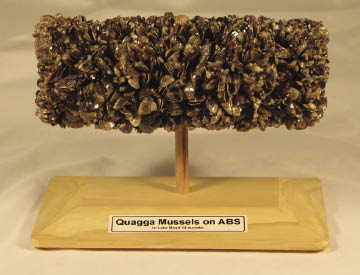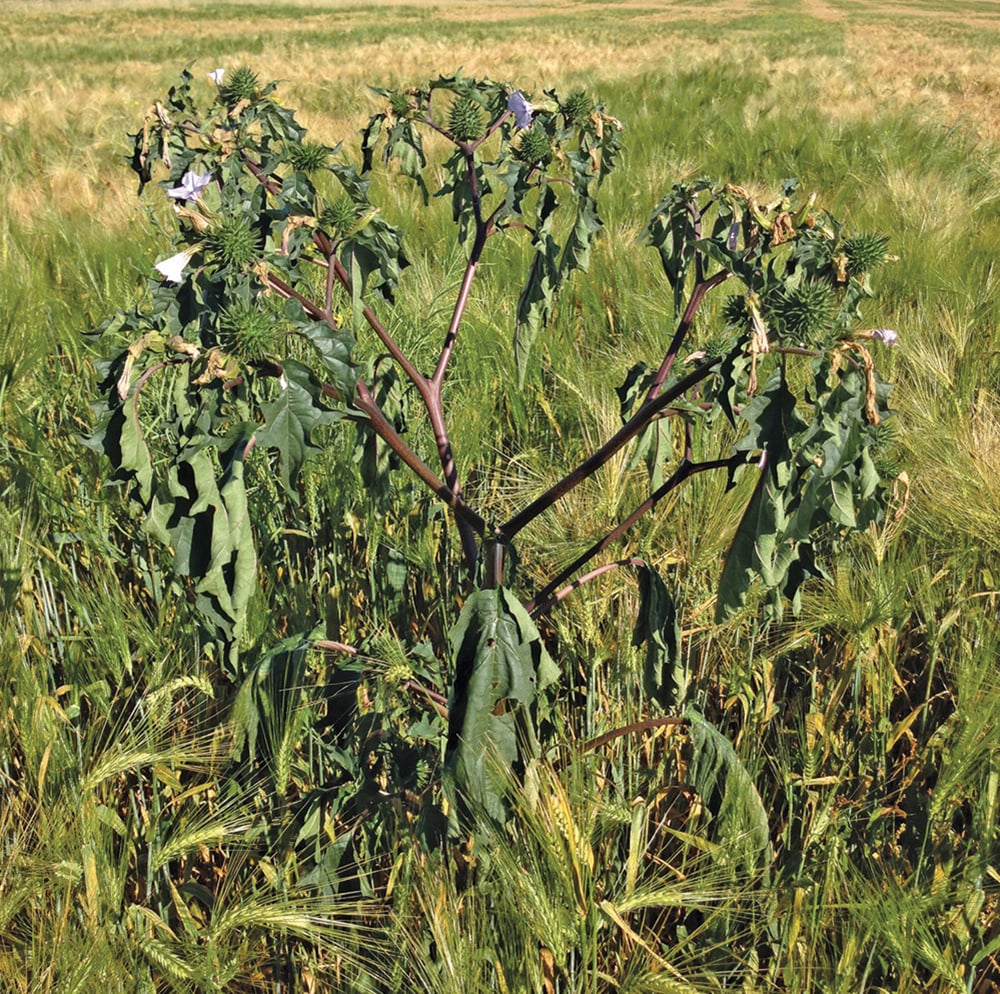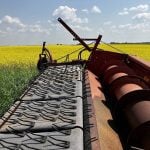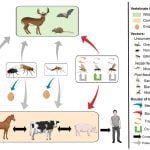It was a close call and prompted provincial officials to warn boaters to take care and not inadvertently bring invasive mussels into the province.
Seven boats with Zebra or Quagga mussels were discovered in the province last year, and officials said they would cause havoc if ever introduced into the province’s irrigation reservoirs.
“We have a lot of snowbirds who go down to Arizona, where we know that there are mussels, and then they come back and head out to an irrigation reservoir for an afternoon of boating,” said Nicole Seitz, Lethbridge-based water research specialist with Alberta Agriculture and Rural Development.
Read Also
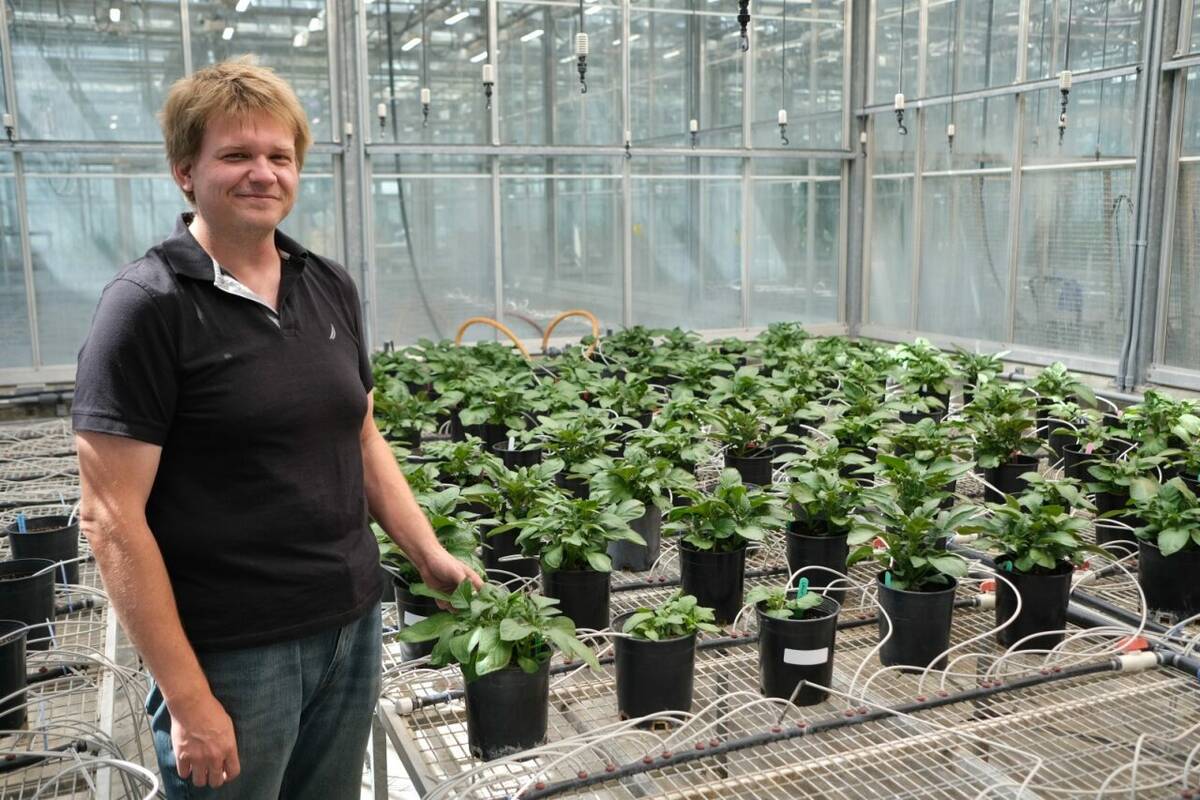
Hail research hopes to benefit potato growers
Alberta research scientist measures hail storm and heat dome affects on potato crops
“They could potentially be bringing mussels into that water body.”
Alberta is still believed to be free of these two types of mussels, which are native to the Caspian Sea and were transported in the ballasts of cargo ships into the Great Lakes in the 1980s. Since then, they’ve spread in a clockwise direction throughout the eastern and southern U.S. In October, they were discovered in Lake Winnipeg.
Should they find a home here, it would be a serious blow to the province’s $3.5-billion irrigation industry. The mussels would easily spread from one reservoir to the next due to the conveyance networks. They attach to any hard surface and reproduce rapidly, which means they would quickly cover irrigation infrastructure and clog water intakes and pipelines.
“That’s a major concern for us, because Alberta has about 8,000 kilometres of pipelines,” said Seitz. “If they clogged a pipeline that would reduce water conveyance and we couldn’t get water onto the fields as needed. Also, there would be perpetual maintenance involved in trying to control them.” Alberta has some native mussels, which are easily distinguishable from the invasive species because they don’t attach to anything. A full-grown Zebra or Quagga mussel is about the size of a human thumbnail and has a life-span of between three to five years.
“New generations settle on top of old generations, so they create a buildup,” said Seitz. There is an invasive aquatic species prevention program that includes voluntary boat inspections, water body monitoring, a reporting hotline and an education and outreach campaign. Seitz will outline the program in a Jan. 29 webinar. To participate go to www.agric.gov.ab.ca, type ‘mussels webinar’ in the search box and follow the links.


